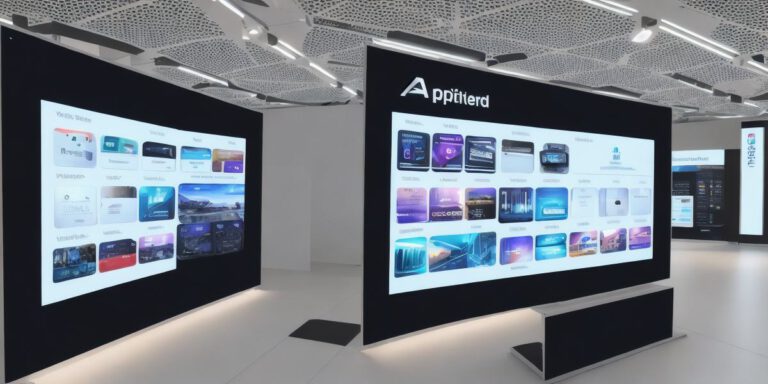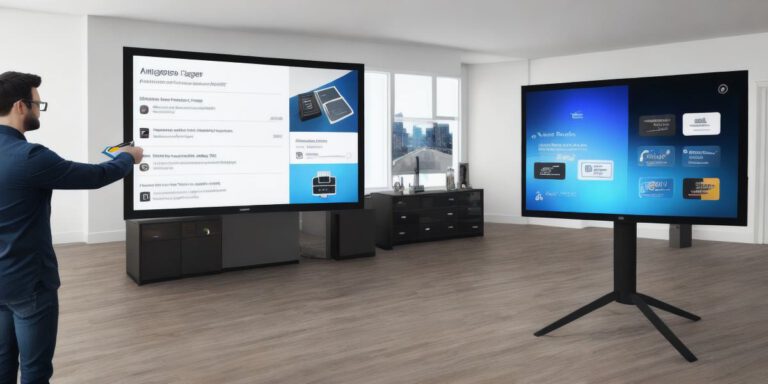The Power of Interactive Product Demonstrations for VR AR Developers and Marketers

Are you tired of boring product demos that fail to capture your audience’s attention? Look no further than interactive product demonstrations! By incorporating virtual reality (VR) and augmented reality (AR) technologies, developers and marketers can create immersive experiences that engage customers and increase conversions. In this article, we will explore the benefits of interactive product demonstrations and provide real-life examples to illustrate their effectiveness.
One of the main advantages of interactive product demonstrations is that they allow customers to experience a product in a more realistic way. By using VR or AR technologies, customers can interact with a product as if it were in front of them, allowing them to see and touch it in a way that traditional demos cannot. This not only enhances the customer experience but also increases their confidence in the product, leading to higher conversion rates.
For example, IKEA’s AR app allows customers to visualize how furniture would look in their home before buying it. By using AR technology, customers can see exactly how a piece of furniture would fit into their space and make any necessary adjustments before making a purchase. This has led to increased sales and customer satisfaction for IKEA.
Another benefit of interactive product demonstrations is that they allow developers and marketers to showcase multiple products at once. By using VR or AR technologies, customers can explore different options and compare them side-by-side, making it easier for them to make informed decisions. This not only saves time but also increases customer satisfaction by providing a more personalized experience.
For instance, Nike’s VR store allows customers to try on shoes virtually and see how they would look on their feet. By using VR technology, customers can compare different shoe styles and colors without having to physically try them on, saving time and increasing customer satisfaction.
Interactive product demonstrations can also be used to educate customers about a product’s features and benefits. By providing an immersive experience, customers can learn more about a product in a way that traditional demos cannot. This not only increases their understanding of the product but also enhances their confidence in making a purchase.
For example, GE’s VR training program allows doctors to practice surgeries in a virtual environment, providing them with a safe and controlled space to hone their skills. By using VR technology, doctors can learn about different surgical techniques and procedures, increasing their knowledge and confidence in the field.
In conclusion, interactive product demonstrations are an effective way for developers and marketers to engage customers and increase conversions. By incorporating VR or AR technologies, customers can experience a product in a more realistic way, compare multiple options side-by-side, and learn more about a product’s features and benefits. Real-life examples such as IKEA’s AR app, Nike’s VR store, and GE’s VR training program illustrate the effectiveness of interactive product demonstrations and demonstrate how they can be used to improve customer experience and increase sales.








